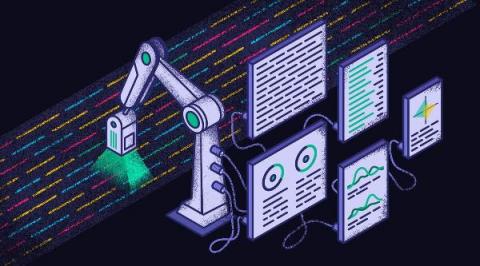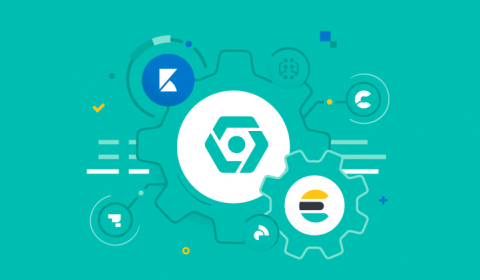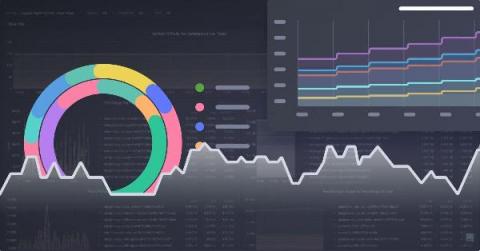Log Observability and Log Analytics
Logs play a key role in understanding your system’s performance and health. Good logging practice is also vital to power an observability platform across your system. Monitoring, in general, involves the collection and analysis of logs and other system metrics. Log analysis involves deriving insights from logs, which then feeds into observability. Observability, as we’ve said before, is really the gold standard for knowing everything about your system.











